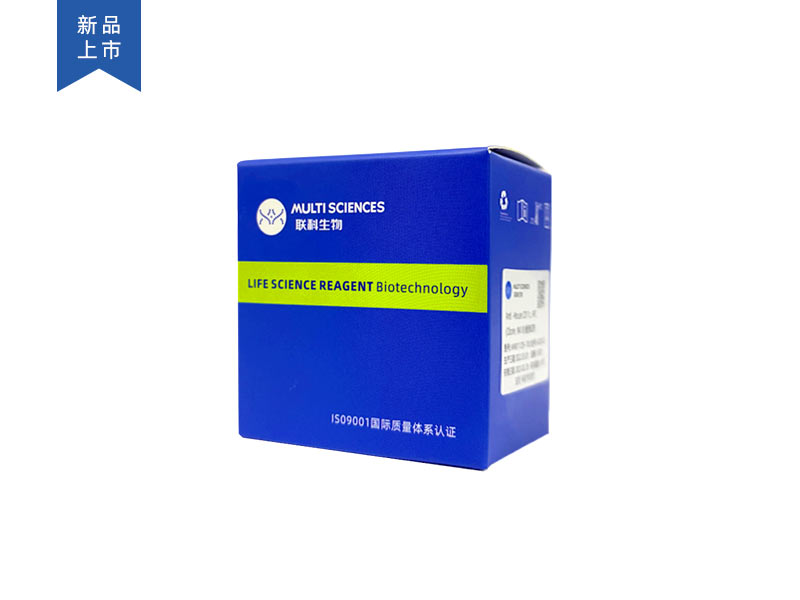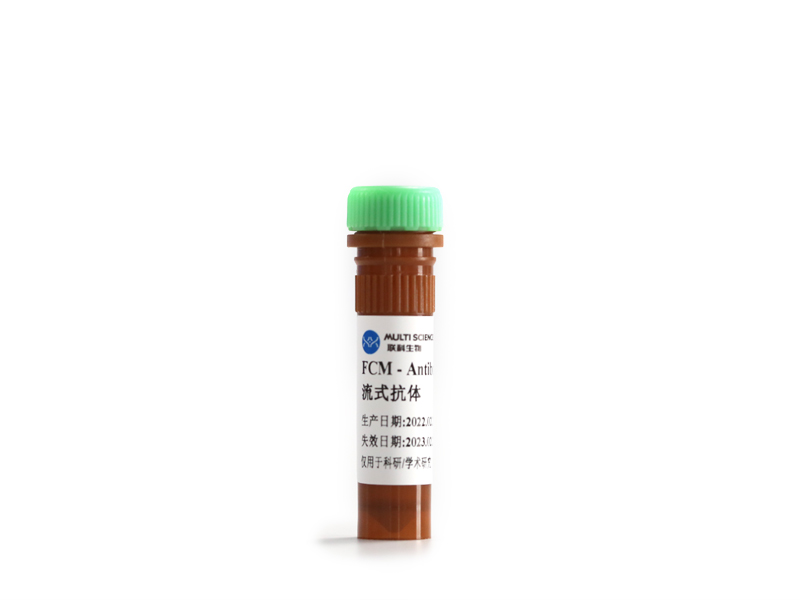Macrophages are widely distributed in a variety of tissues, and the different state of macrophages polarization is closely related to the occurrence, development, and prognosis of inflammation, including periodontitis, a chronic inflammatory disease leading to tooth loss worldwide. Periodontal ligament stem cells (PDLSCs) play a key role in immune regulation and periodontal tissues regeneration, contributing to cell-based therapy of periodontitis. However, the interactions between PDLSCs and macrophages are still elusive. The purpose of present study is to investigate the effect of PDLSCs conditioned medium (PDLSCs-CM) on the macrophage polarization and the possible mechanism. PDLSCs were isolated using tissue explant methods and characterized via multipotent differentiation test and examination of expression profiles of mesenchymal stem cells (MSCs) markers. The supernatant of PDLSCs was collected, centrifuged, filtered, and used as PDLSCs-CM. Then, PDLSCs-CM was cocultured with M0 macrophages or IL-4- and IL-13-induced M2 macrophages. The level of surface markers of M1/M2 macrophages and production of several proinflammatory or anti-inflammatory factors were evaluated by flow cytometric analysis and enzyme-linked immunosorbent assay, respectively. The associated genes and proteins involved in the JNK pathway were investigated to explore the potential mechanism that may regulate PDLSCs-CM-mediated macrophage polarization. PDLSCs expressed MSCs markers, including STRO-1, CD146, CD90, and CD73, and were negative for CD34 and CD45, could undergo osteogenic and adipogenic differentiation when cultured in defined medium. After incubation with PDLSCs-CM, no significant increase of CD80+ and HLA-DR+ M1 macrophages was shown while evaluated CD209+ and CD206+ M2 macrophages were observed. In addition, the levels of anti-inflammatory factors such as IL-10, TGF-β, and CCL18 were increased instead of proinflammatory factors such as IL-1β, TNF-α with PDLSC-CM treatment. There was a decrease of JNK expression on M0 macrophages by qRT-PCR analysis and an increase of protein phosphorylation on M0 macrophages after incubation with PDLSCs-CM. Furthermore, as for the enhancement of IL-4- and IL-13-mediated M2 polarization by PDLSCs-CM, the mRNA level of JNK decreased, and the protein phosphorylation level of JNK increased. In addition, the treatment of JNK pathway inhibitor, SP600125, could inhibit the expression and secretion level of anti-inflammatory factor such as IL-10 in M2 polarization induced by PDLSCs-CM. Collectively, PDLSCs were able to induce M2 macrophage polarization instead of M1 polarization, and capable of enhancing M2 macrophage polarization induced by IL-4 and IL-13. The JNK pathway was involved in the promotion of M2 macrophage polarization.
文章引用产品列表
-
- F1108001 2 Citations
- 流式抗体(新品)
Anti-Human CD80 (B7-1), FITC (Clone:2D10.4)检测试剂
- ¥720.00 – ¥1,584.00



